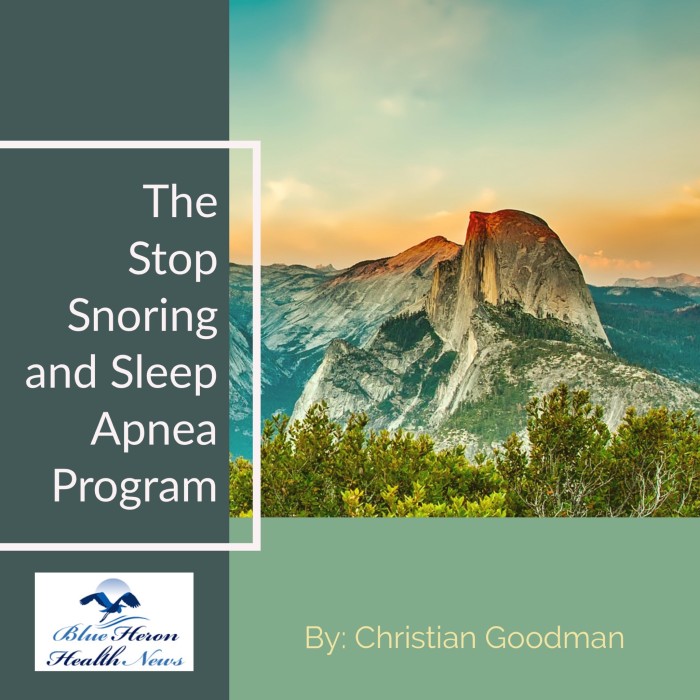Are there specific tests used to diagnose snoring in India?
Specific Tests Used to Diagnose Snoring in India
Diagnosing snoring in India involves a series of tests that aim to identify the underlying causes and determine the appropriate treatment. These tests range from simple physical examinations to more complex sleep studies and imaging techniques. Here is an in-depth look at the specific tests used to diagnose snoring in India:
1. Medical History and Physical Examination
Medical History:
- Collecting detailed information about the patient’s sleep habits, snoring patterns, and associated symptoms such as daytime sleepiness and headaches. Family history of snoring or sleep apnea is also considered.
Physical Examination:
- Oropharyngeal Examination: Examination of the mouth, throat, and nasal passages to check for anatomical abnormalities like enlarged tonsils, adenoids, deviated septum, or a large tongue.
- Body Mass Index (BMI): Assessment of BMI to determine if obesity might be contributing to the snoring problem.
2. Sleep Studies
Polysomnography (PSG):
- In-Lab Sleep Study: Polysomnography is the gold standard for diagnosing sleep disorders, including snoring and obstructive sleep apnea (OSA). It involves an overnight stay in a sleep lab where multiple physiological parameters are monitored, including brain activity (EEG), eye movements (EOG), muscle activity (EMG), heart rate (ECG), respiratory effort, airflow, and blood oxygen levels (SpO2).
- Purpose: PSG helps determine if the snoring is related to OSA and assesses the severity of any sleep apnea present (SpringerLink) (Frontiers).
Home Sleep Apnea Testing (HSAT):
- Description: For patients who cannot attend an in-lab sleep study, home sleep apnea testing is an alternative. It involves using portable monitoring devices to record data on breathing patterns, airflow, heart rate, and blood oxygen levels during sleep at home.
- Limitations: HSAT is less comprehensive than PSG and might miss certain conditions that an in-lab study would detect.
3. Imaging Studies
Nasal Endoscopy:
- Procedure: A flexible endoscope is used to visualize the nasal passages and upper airway to identify any obstructions or structural abnormalities that could contribute to snoring.
- Indication: Particularly useful for detecting issues like deviated septum, nasal polyps, or enlarged adenoids.
X-Ray or CT Scan:
- Purpose: Imaging studies like X-rays or CT scans of the head and neck can provide detailed information about the structure of the airway and help identify anatomical causes of snoring.
4. Specialized Tests
Drug-Induced Sleep Endoscopy (DISE):
- Procedure: This test involves administering a sedative to induce sleep and then using an endoscope to visualize the airway dynamically. It helps pinpoint the exact site of airway collapse and obstruction during sleep.
- Indication: DISE is particularly useful in planning surgical interventions for snoring and sleep apnea.
5. Laboratory Tests
Blood Tests:
- Purpose: Blood tests may be conducted to rule out other medical conditions that might contribute to snoring, such as hypothyroidism or diabetes.
- Common Tests: Complete blood count (CBC), thyroid function tests, and glucose levels.
Challenges and Considerations in India
- Awareness and Access:
- Public Awareness: Many individuals may not recognize snoring as a medical issue requiring attention, leading to underdiagnosis. Public awareness campaigns can help educate the population about the health risks associated with snoring and sleep apnea.
- Healthcare Access: Access to specialized diagnostic facilities like sleep labs may be limited in rural areas. Expanding telemedicine services and mobile sleep clinics can improve accessibility.
- Economic Factors:
- Cost of Diagnosis: The cost of comprehensive sleep studies and diagnostic tests can be prohibitive for many patients. Government health schemes and insurance coverage can help make these services more affordable.
- Cultural Attitudes:
- Stigma and Reluctance: Cultural attitudes towards snoring and sleep disorders can influence individuals’ willingness to seek medical help. Encouraging open discussions about sleep health is essential.
Conclusion
Diagnosing snoring in India involves a multi-faceted approach, including medical history assessment, physical examination, sleep studies, imaging, and laboratory tests. Addressing the challenges of awareness, accessibility, and affordability is crucial for improving the diagnosis and management of snoring and related conditions in India.
References
- National Sleep Foundation – Snoring Diagnosis: National Sleep Foundation
- Mayo Clinic – Snoring Diagnosis: Mayo Clinic
- Indian Journal of Sleep Medicine – Diagnostic Approaches to Snoring: Indian Journal of Sleep Medicine

The Stop Snoring And Sleep Apnea Program™ By Christian Goodman The Stop Snoring and Sleep Apnea Program is a well-researched program created to help stop snoring and sleep apnea so that you can have a good night sleep. The techniques that you will learn from this program works immediately. It will only take you 3-7 minutes to perform these simple exercises that the author has recommended but the results that you will get will help you have a good night sleep as soon as tonight. Within a week, snoring will be a thing of the past.
